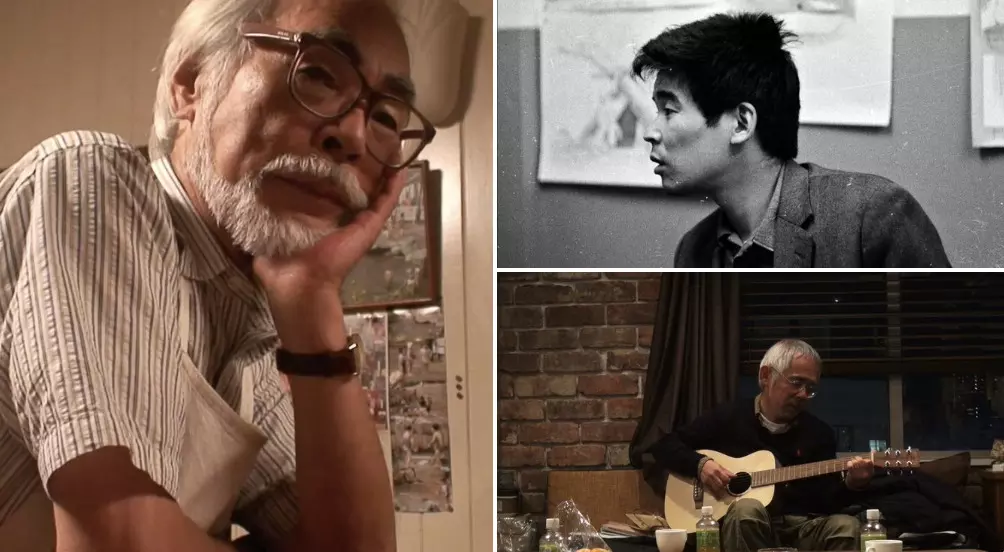Ghibli AI art vs hand-drawn masterpieces: Can technology truly capture the soul of Studio Ghibli?
Ghibli AI art vs hand-drawn masterpieces: Can technology truly capture the soul of Studio Ghibli?

The viral “Ghibli AI art” trend is sweeping the internet, transforming real-life photos into whimsical animated scenes. But for fans of Studio Ghibli, it’s raising a deeper question: Can AI-generated art ever match the heart and soul of hand-drawn animation?
It all began on March 26, when tech enthusiast Grant Slatton shared a dreamy, Ghibli-style portrait of himself, his wife, and their dog using OpenAI's image generation feature. By April 1, OpenAI had rolled out the feature to all users, and the trend exploded. Social media was soon flooded with “Ghiblified” images—photos of people transformed into scenes reminiscent of Ghibli’s iconic aesthetic.
But here’s the twist: while users were enchanted by the soft colors and fantasy charm, many didn’t even know what “Ghibli” truly stood for.
What Makes Ghibli Art Special?
Founded in 1985 by animation legends Hayao Miyazaki, Isao Takahata, and Toshio Suzuki, Studio Ghibli has earned a reputation for creating deeply emotional, painstakingly hand-drawn films. These aren’t just animations—they're immersive journeys into human emotion, nature, and magic.
From Spirited Away and Princess Mononoke to The Boy and the Heron, each film is a masterpiece of storytelling, art, and soul. In fact, Spirited Away won an Academy Award in 2003, and The Boy and the Heron brought Miyazaki back to the Oscar stage in 2024.
Studio Ghibli’s magic lies not in its visual style alone, but in the imperfections, emotions, and sheer effort behind each frame. For instance, a four-second crowd scene in The Wind Rises took animator Eiji Yamamori over a year to complete—drawing and redrawing each of its 96 frames to perfection.
Can AI Truly Recreate That Magic?
AI-generated art might be fun and fast, but to many fans, it feels like a hollow replica. Where human artists pour months or even years into a single scene, AI completes it in seconds—often without understanding the emotional depth it tries to mimic.
In fact, Ghibli creator Hayao Miyazaki has been openly critical of AI art. In the 2016 documentary Hayao Miyazaki: The One Who Never Ends, he called AI-generated animation “an insult to life itself.”
The Internet Divided
The trend has seen participation from global icons—from Elon Musk and Sachin Tendulkar to Prime Minister Narendra Modi. Even the Israeli military joined in, generating Ghibli-style art of its soldiers, which angered fans given Miyazaki’s lifelong anti-war stance.
Yet, many chose to sit this trend out.
Aruja Maithani, a 22-year-old Ghibli fan, said, “Art needs emotion, dedication, and talent—none of which a machine has. AI art may be trendy, but it lacks the soul of real creation.”
Srishty Chauhan, another young fan, added, “The trend should be about celebrating Ghibli’s movies and Miyazaki’s legacy—not using filters that people don’t understand the roots of.”
Still, not everyone sees the trend as harmful. Ayush, a student from Mumbai, noted, “AI is everywhere—replicating music, writing, and art. It’s not surprising to see it here too. But yes, I know it’s not the same as the real thing.”
Art vs. Algorithms: Where Do We Draw the Line?
There’s no denying that Ghibli’s influence is timeless. But the question remains—how far can AI go in replicating human art before it becomes disrespectful?
For now, while AI art dazzles social media, it’s clear that true fans will always return to the magic of hand-drawn frames, where every brushstroke tells a story—and every scene is a labor of love.

